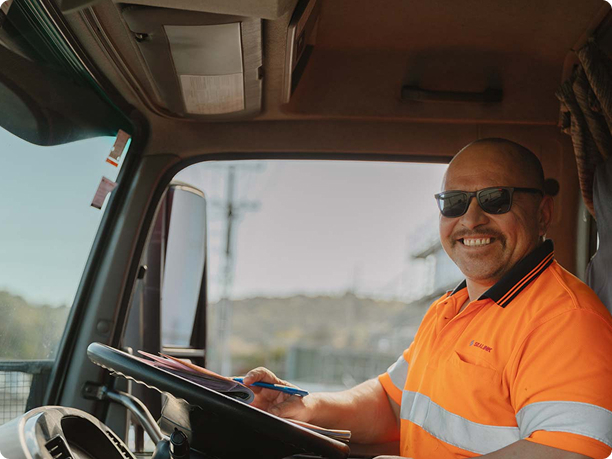Stay up to date with SeaLink news
Stay up to date with all things SeaLink in our news section. Here you'll find operational updates, company announcements, as well as travel ideas for Waiheke and Aotea Great Barrier Island. Whether it’s new services, or travel inspiration, we’re here to keep you informed and connected. From exciting destination features to behind-the-scenes insights into our team and vessels, this is your go-to hub for everything SeaLink. Check in regularly or subscribe for updates and stay in the loop with your favourite big red ferries.

.jpg?width=393&height=393&mediaprotectionhash=84aeb93937824934702728d14c69d34667ff700f5d169c8625978a8dfde4a246&ext=.jpg)
.jpg)
.jpg)

